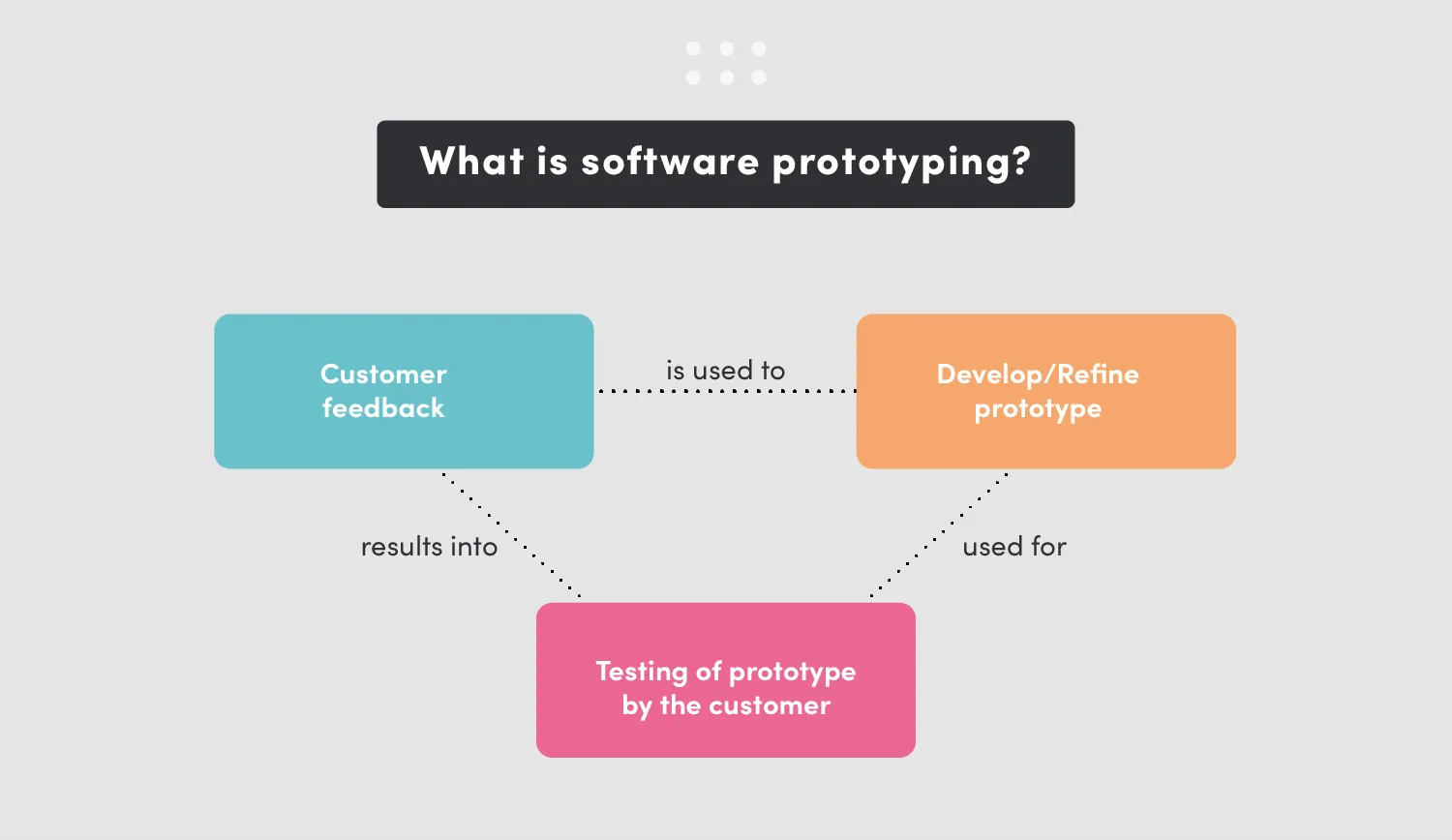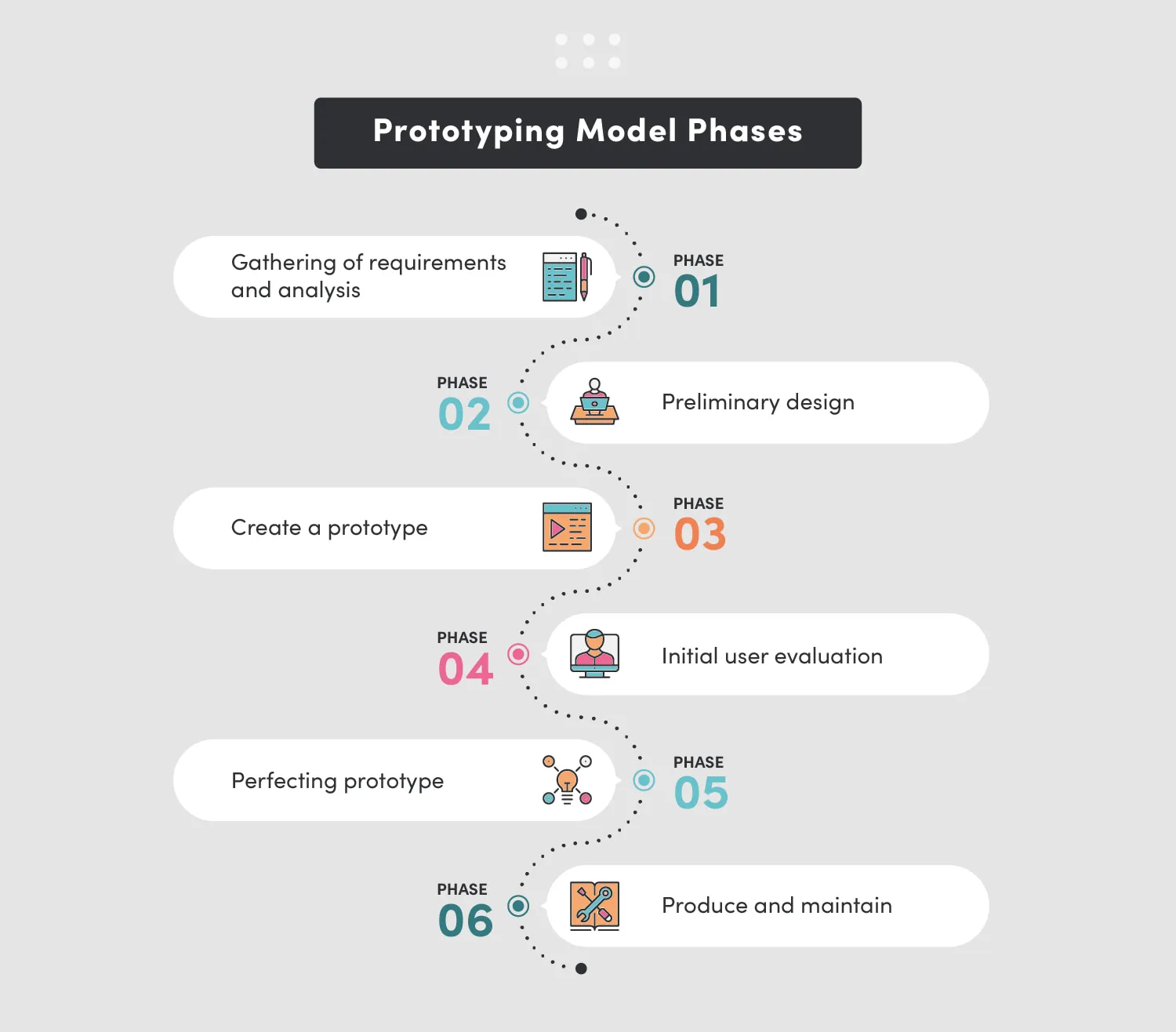Picture this:
You experienced a eureka moment where a software idea came to mind. This idea, according to you, will transform lives and disrupt your industry. You end up in seventh heaven, so high that you forgot to validate your idea before your launch date. Unfortunately, reality turned out differently.
Your anticipated launch day came bearing crickets. The following months weren’t any better. Your software is embattled with bugs. Complaints dominated your review section. The only people who occasionally use your product are your family and friends.
Your product flopped and the only option moving forward is either you rebuild or quit.
This imagined scenario is not different from the 66% of IT projects that end in partial or total failure (According to Standish Group’s Annual CHAOS report). Many of these projects most likely wouldn’t have flopped if their concepts got validated before their launch.
Idea validation is to software development as architectural design is to house building. Before you commit your resources to grow a software, you need to validate its concept with users and stakeholders. This is where software prototyping comes in.
Keep reading to discover the meaning of software prototyping, why you need it, and its best practices.
What you will learn from this article:
- What is the role of idea validation in software development, and how does prototyping help in this process?
- What are the key differences between low-fidelity and high-fidelity prototypes, and when should each be used?
- How do the prototyping model phases work to bring a software idea to reality?
- What kinds of tools are most commonly used for software prototyping, and what unique features do they offer?
- What are some best practices to consider when embarking on software prototyping?
- How do Proof of Concept (PoC) and Minimum Viable Product (MVP) differ from prototyping, and when should each be used for idea validation?
What is Software Prototyping?

A software prototype is a model version of a product. It is used as an early and less expensive sample of a product that allows to test its features, gather feedback and identify defects.
In software development process, prototyping means nothing less than creating incomplete versions of a software product before it is finalized. It refers to the process of visualizing a software product before it has been created. When you run your prototypes, there is a lot that can be taken into consideration which also improves the workflow of the process.
Here is the typical software prototyping process in software development:
- The dev team develops or refine a prototype,
- Selected customers use the prototype,
- After using the prototype, customers will provide feedback which the dev team will then use to improve the prototype until it is acceptable enough to form the basis for creating the final product.
Before you begin prototyping, you need to choose the right prototype for your software development project. This is where fidelity becomes important. A prototype’s fidelity depicts the detail and realism of the intended product. It ranges between two extremes, namely:
- Low-fidelity
- High-fidelity
Low-fidelity (lo-fi) prototyping: Sometimes called wire frames, these quick and inexpensive prototypes are effortless to make, thereby leaving room for flexibility and creativity. They can be used to gather user feedback during the early stage. The only downside to lo-fi prototyping is the lack of aesthetical extravaganza. But on the brighter side, they can present the primary features of a solution effectively. Low-fidelity prototypes are optimal for:
- Working on ideas in progress
- Presenting the basic idea of a solution
- Displaying the early developments of work
- Creating basic design work
- Authenticating the primary functionalities of a product with the whole team
High-fidelity (hi-fi) prototyping: Hi-fi prototypes depict the intended solution as perfectly as possible. They present the final product functionalities along with its intended aesthetic display. If done right, they are easily accessible, aesthetically polished, and a ready base for future development. High-fidelity prototypes are best for:
- Presenting the nearly completed idea to stakeholders,
- Testing your idea before spending a huge budget,
- Completing the design process,
- Evaluating the developed usability of your intended solution,
Types of Software Prototyping

Here are the types of prototyping in software development:
Rapid Prototyping
Also known as throwaway/close-end prototyping, rapid prototyping requires little effort and requirement analysis. During its time of relevance, it undergoes cycles of feedback, modification, and evaluation. It becomes a great reference for designers and developers. The prototyping gets discarded once stakeholders understand the product’s actual requirements.
Evolutionary Prototyping
An evolutionary prototype is a piece of functional software with minimal functionality on which future prototypes for the entire system can be designed. It cannot satisfy every customer’s needs, but it is a great start.
Incremental Prototyping
Incremental prototyping entails creating functional prototypes for various subsystems and combining them to form a full system. If you are building enterprise software with many loosely related modules and components, incremental prototyping is the best option for you.
Extreme Prototyping
This prototyping is mostly applied in the web application development domain. Usually, extreme prototyping runs through three phases:
- Present basic prototypes with existing pages in HTML format. These pages have limited interactivity but are adequate to demonstrate the different user journeys while using the application.
- You use a prototype service layer to stimulate data processing.
- You integrate and implement the services into the final prototype.
It gives strong prioritization to UI (User Interfaces) design and development before implementing any of the actual services. This is what makes this prototyping “extreme.” The user can see and interact with the prototype as if it is the actual product.
Try our developers.
Free for 2 weeks.
No risk. Just results. Get a feel for our process, speed, and quality — work with our developers for a trial sprint and see why global companies choose Selleo.
Why Should I Care about Software Prototyping?
You may have everything about your software idea perfect in theory, making you confident and assured of success. Nonetheless, you need to validate your idea, and prototyping can help achieve that.
How so?
Software prototypes give stakeholders an idea of how and what the final product will be. This makes it easy for clients to understand your software concept even if it is complex in theory. Additionally, software prototyping allows you to streamline your product and remove useless functions.
What are the advantages of prototyping?
- Improved and increased user involvement: By including end-users in the testing process and using your prototype as a training model, your users become part of your building process and understand your product long before development begins. In the long run, expectations get managed better.
- Reduction of time and risk: Software prototyping leaves space for the easy detection of defects and missing functionalities before your product gets launched. You also receive feedback that can guide you to work on the right things.
- Leads to greater creativity: The intense and collaborative nature of software prototyping enables a free flow of ideas and smooth exchange between the dev team and clients, leading to different modifications in the prototype, which can then become a perfect product.
What are the Prototyping Model Phases?

The typical prototyping model comprises the following phases:
Phase 1: Gathering of requirements and analysis. A prototyping model starts with analyzing gathered requirements to understand their correctness and the feasibility of converting them into a product.
Phase 2: Preliminary design. Here, a basic design of the planned finished product gets ideated and created. This simple design conveys a brief idea of the system to the user.
Phase 3: Create a prototype. This stage involves using the previously created design to create a working model of the required software.
Phase 4: Initial user evaluation. At this point, the client receives the proposed system so they can operate an initial evaluation. This evaluation becomes useful in discovering the prototype’s strengths and weaknesses.
Phase 5: Perfecting prototype. If the client is not satisfied with the prototype, it has to be refined to reflect their feedback and suggestions. Ergo, this stage doesn’t end until the model satisfies the user’s requirements. Once the user likes the evolved prototype, a final model gets developed based on it.
Phase 6: Produce and maintain. After the final model is developed based on the approved prototype, it undergoes an all-out test and, subsequently, production. After that, regular review and maintenance are carried out to minimize defects and failures.
Ways of Preparing an Initial Prototype
Sketches and diagrams: Sketches are best for translating ideas at the early stages of the typical prototyping process into reality. On the other hand, diagrams come in handy in distilling complex situations.
Storyboards: As a prototyping method, storyboarding is useful for generating noteworthy ideas and cultivating an understanding of users.
Role play: The role play technique involves recording and displaying the emotional experience a user will have when using a product. Role plays are versatile, but they are best used for stimulating the user’s environment.
Paper prototyping: This method is relevant in the prototyping of digital products. It is affordable, simple, and effective in uncovering usability challenges.

Mockups: A mockup is a simple visual representation made for presentation purposes. They are a replica of a finished product at first glance. The only difference is, they lack prominent functionalities.
Wire frames: Wire frames deal with the structural parts of a product’s user interface (UI) and define a feature’s functional processes. They are the core of a UI, holding it together even when graphics, colors, and other design elements are absent. To get started with wire frames, you can either use a paper and pen or take it further by using bespoke software programs such as Proto.io, Balsamiq, and Sketch.
Prototyping with explanatory videos: With the help of explanatory videos acting as an MVP, a team can communicate the simple definition of a product’s purpose and features. Users can understand how a product works without using its final form yet.
Best Practices of Software Prototyping
Notwithstanding its numerous advantages, software prototyping is not without its cons. Some of these disadvantages include:
- Confusing prototypes might lead to additional cost and time
- Functional difficulty might occur if the prototype differs from the original product
- Rushed prototypes can cause substandard deliverables
To prevent getting your project sabotaged by any of these cons, here are best practices you can adopt:
- Choose the right type of prototype for your project.
- Invest time into planning your prototype and document your processes to keep your team members in the loop.
- Try to understand both user and designer’s approaches, along with the potential clashes, before aligning them.
- Be open to trying new concepts and quantum leaps during the prototyping or deploying process.
- Meet with your team regularly to prevent project delay
- Make features a high priority when implementing your prototype
What are the Most Popular Prototyping Tools
The most basic tool used for prototyping is a plain sheet of paper. It is understandably the fastest and cheapest way to create a product prototype. But what if you crave something more computer-based? Here’s the list of the most common prototyping tools:
- Miro - This is a collaborative whiteboard platform where teams of any size can get work done.
- InVision - This design platform can assist you with prototyping, collaboration, and application design.
- Figma - You can use this cloud-based platform to design and share prototypes among your team members.
- Adobe XD - This is a versatile, on-premise tool that you can use to create designs for mobile and web through prototyping and collaboration.
- Balsamiq - If you have a lean team, this wireframing software is the best option for you. You can use it to share your prototypes, control versions, and conduct user tests.
- Axure - This is a comprehensive software design tool you can use to facilitate your prototypes, diagrams, and specifications.
Other methods of validating your idea
These two techniques can be used as a quick and less expensive way to validate a product or idea, but keep in mind, they are not equal.
Proof of concept (PoC)
The PoC is a method done to test a concept’s viability. A PoC well done can help you determine if an idea is worth pursuing. While prototyping shows how a product can be developed, PoC shows if it can be done in the first place. You can learn more about PoC you will learn in a comprehensive guide to Proof of Concept in Software Development for startups.
Minimum Viable Product (MVP)
An MVP is the first example of a product. Not only does it possess product readiness, but it also has enough features to satisfy early customers and motivate them to drop feedback for future development. Think of MVP as the advanced version of a prototype.
Conclusion
No one wants a product that won’t be useful for the end-users who need it. And so, software prototyping should be a go-to strategy for your organization. That way, you reduce risks, save money, and improve the user experience. If you prefer to test your ideas without prototyping, MVP and PoC are viable alternatives you can equally consider. Prototyping is not without its flaws, though. Be sure to implement at least five of the highlighted best practices in this article if you want to prevent a flop.
At Selleo, we have a team of the best and most skillful developers who can fulfill all your software development needs. If you need any guidance, contact us now!





